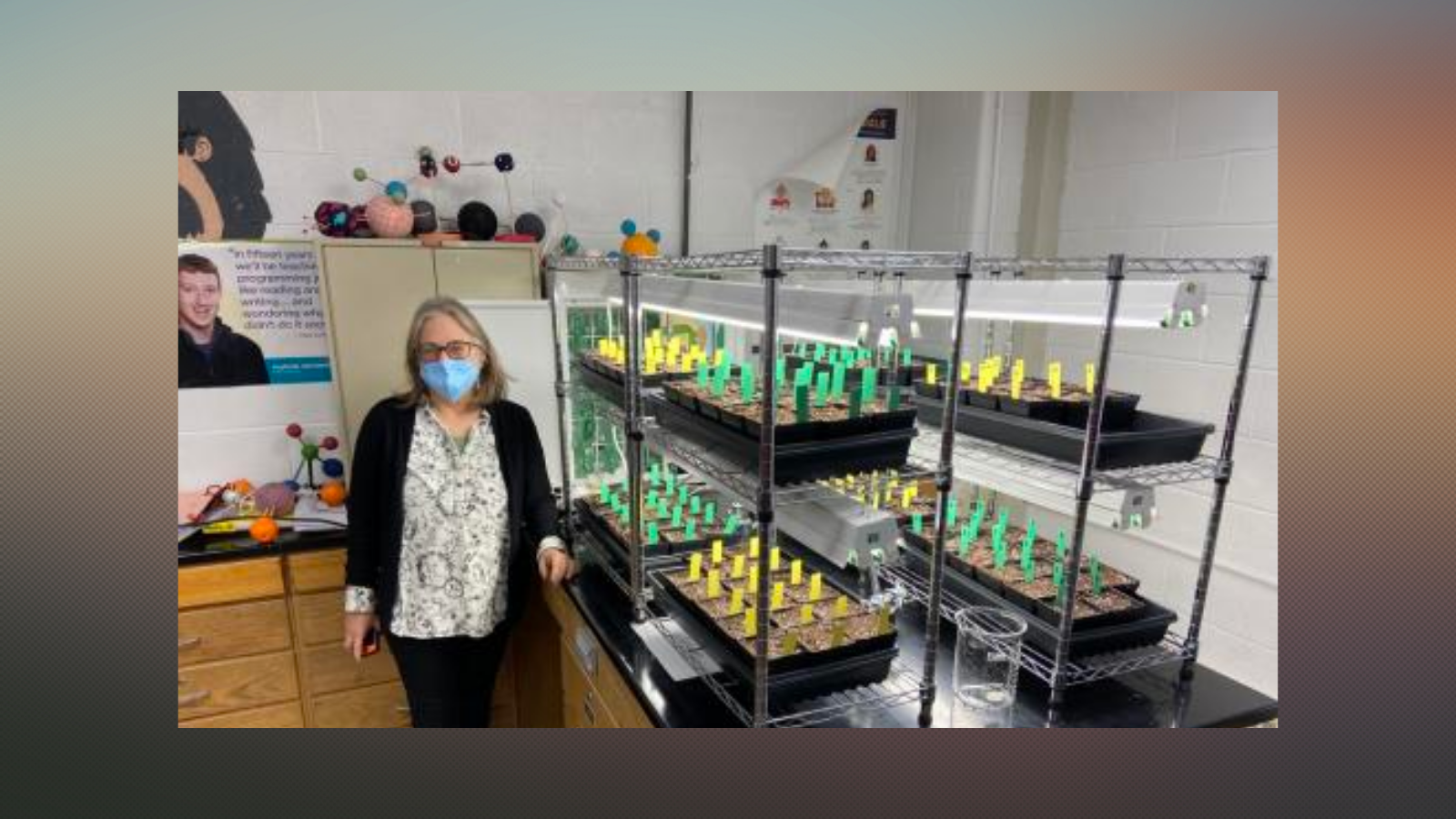Starting in February, high school teachers from Atherton and Flint will teach a new Health in Our Hands (HiOH) unit for biology called the “Mystery of the Monkeyflower.” Four teachers and a curriculum specialist took part in 3 sessions of professional learning facilitated by the HiOH Team led by Dr. Consuelo Morales and Dr. Hildah Makori, HiOH Research Associates. Professional learning included several “sample teach” experiences where teachers took part in key curricular activities as learners, including an introduction to the phenomenon and creating a driving question flowchart, conducting a field research investigation, and simulating genetic mechanisms at the cellular level. Each sample teach was followed by a debrief where teachers shared insights as a learner and reflected as teachers on instructional practices. Two sessions were held at the Genesee Intermediate School District and one was held virtually due to a winter storm.
In the “Mystery of the Monkeyflower”, students use a monkeyflower plant experiment and a specially developed graphic novel to learn how traits evolve over time through natural selection at both macroscopic and microscopic levels. The experiment is based on the research of Dr. David Lowry, plant biologist at Michigan State University, who is studying how different environments affect the development of different traits in the population of one species of monkeyflowers (Mimulus). The graphic novel was developed in collaboration with Dr. Lowry’s research team. Monkeyflowers, which grow quickly, produce many seeds, and have a simple genome, are the subject of study of many researchers who study plant evolution and adaptations. Monkeyflowers have adapted to have many colors and forms, diverse lifestyles, and extraordinary hardiness.
In early January, Dr. Lowry and the HiOH Team visited the classrooms and planted monkeyflowers from seed. Teachers report that students are enjoying taking care of the plants and watching them grow. They should be ready for students to use in their investigations when the curriculum starts in February.
To learn more about Health in Our Hands, go to: https://hioh.education/



